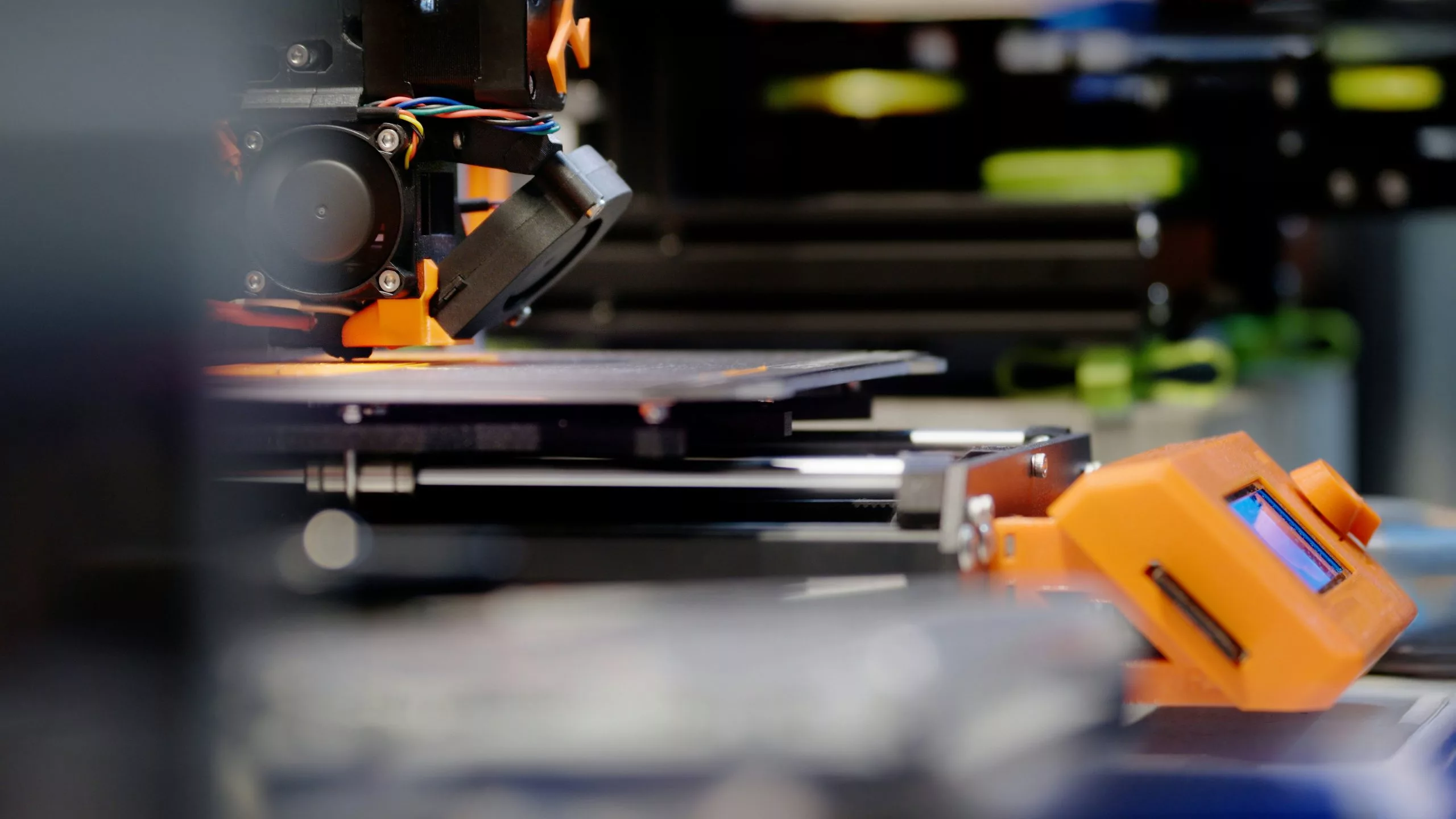Introduction to Food-Safe 3D Printing
3D printing has revolutionized manufacturing and prototyping, offering unlimited possibilities for creating customized tools, utensils, and kitchenware. With the rising popularity of printing household items, ensuring food safety in 3D printed items becomes essential. In this guide, we delve into how you can safely and effectively create food-safe utensils and kitchenware using your 3D printer.
Choosing Food-Safe 3D Printing Filaments
The first step towards safe food contact is selecting an appropriate filament. Here are common food-safe filaments used widely in kitchen and culinary applications:
- PLA (Polylactic Acid): Derived from renewable resources like corn starch or sugar cane, PLA is biodegradable and generally considered food-safe. However, it’s sensitive to heat and not dishwasher-safe.
- PETG (Polyethylene Terephthalate Glycol): PETG is a popular alternative due to its durability, flexibility, and resistance to heat. It is typically food-safe and easier to print compared to ABS.
- PP (Polypropylene): Polypropylene is widely recognized for its excellent chemical resistance, heat resistance, and food-safe properties, but it can be challenging to print due to warping issues.
Always verify filament safety from the manufacturer’s provided datasheets or certifications. Food-safe certification is the best guarantee of safety.
Ensuring Your Printer is Food-Safe
Even with a food-safe filament, the printing environment and equipment may introduce contaminants. Follow these tips to ensure cleanliness and safety:
- Dedicated Nozzle and Extruder: Use stainless steel nozzles, as brass nozzles often contain lead traces and wear off gradually. Stainless steel is safer and more durable for food-contact applications.
- Clean and Dedicate Your Print Bed: Consider using dedicated print beds or surfaces such as glass or stainless steel, which are easy to clean and sanitize.
- Avoid Cross-Contamination: Dedicate specific tools, materials, and printing equipment only for food-safe printing to prevent any contamination from previous non-food-safe prints.
Printer Settings and Design Considerations
When designing or downloading models for food use, consider the following points to enhance food safety:
- Avoid Crevices and Gaps: Crevices, gaps, and complex internal cavities can collect bacteria and food particles, making cleaning difficult. Opt for simple, streamlined designs that are easy to thoroughly clean.
- Increase Infill and Wall Thickness: Higher infill (above 50%) and thicker walls (at least 1-2mm) strengthen your print, help prevent bacteria from lodging in pores, and provide a smoother surface finish.
- Print Slowly and With Optimal Temperatures: To avoid micro-gaps, layers should bond well. Optimize your print temperatures and slow down the print speed to ensure a solid, reliable layer adhesion.
Post-Processing Your Food-Safe Prints
Proper post-processing significantly enhances food safety. Consider these post-processing methods to help ensure food-safe prints:
- Sanding and Polishing: Smooth your 3D prints thoroughly to eliminate microscopic pores and crevices that can harbor bacteria.
- Applying Food-Safe Sealants: Consider using FDA-approved food-safe epoxy coatings (e.g., epoxy resins specifically designed for food contact) or silicone-based sealants to create a fully sealed, protective layer around your printed items.
- Sterilize Before Use: Always sanitize your prints thoroughly before initial and subsequent uses by washing with warm water and food-safe soap or using food-safe sterilization methods.
Cleaning, Maintenance, and Long-Term Safety
Proper cleaning and maintenance are crucial in maintaining food safety:
- Hand-wash Only: Most 3D-printed utensils are not dishwasher safe and require hand washing with mild soap and warm water.
- Regular Inspection: Regularly inspect your printed utensils for signs of wear, cracks, or chips that might compromise food safety. Replace damaged utensils immediately.
- Proper Storage: Store printed utensils in dry and clean areas to minimize bacterial growth and contamination.
Conclusion
3D printing provides incredible customizability, innovation, and creativity in the realm of kitchen utensils and food-contact products. However, food safety must always remain a top priority. By carefully selecting food-grade materials, maintaining clean printing environments, employing correct printer settings, and following strict post-processing and sanitation procedures, you can safely and confidently produce food-grade 3D printed utensils and kitchenware.


Leave a Reply